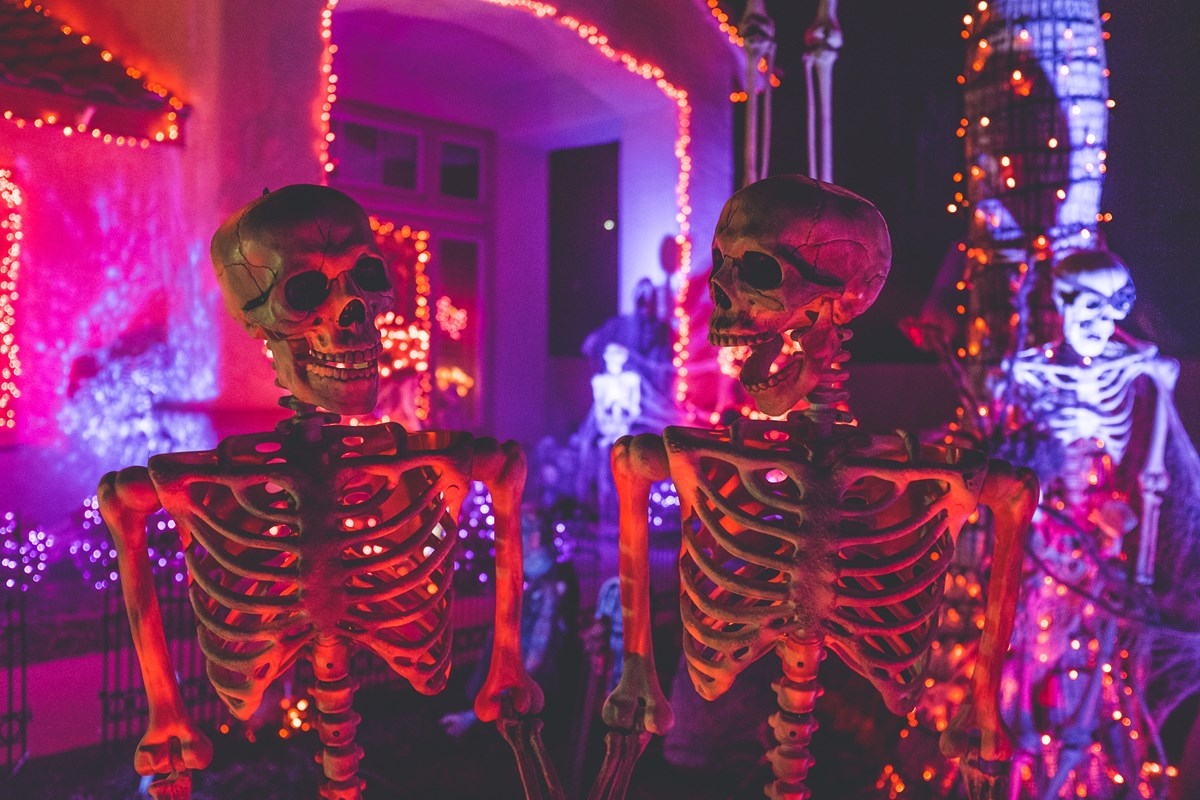Who doesn’t enjoy a good meme? I know I do. I also love Halloween. And being the epic nerd that I am, I am also a fan of Dungeons & Dragons (my wood elf ranger is boss when the dice don’t hate me).
And so, I present to you the hybrid of these three loves: The Halloween D&D Alignment Chart!

You can find these charts for just about anything. Harry Potter? Check.
Mad Men? No problem.
The entire notion of memes themselves? Take your pick!
If you’re not as steeped in nerd culture as me, don’t feel bad. It’s a lot, and it can be confusing. To fully appreciate the majesty, here are my explanations of each of the alignments from Lawful Good to Chaotic Evil and why I think each of my Halloween selections belongs where it does.
Lawful Good: The Witchfinder
On the “Lawful” side of the spectrum, we have order, rules, tradition, and the rigid enforcement thereof. These rules don’t necessarily have to line up with the actual legal code—they can simply be personal codes of conduct or organization—but they do need to be kept regardless of circumstance. The “Good” side of things is largely self-explanatory: the respect for and dignity of innocent life and a strong sense of right and wrong.
So, a character who falls into the Lawful Good alignment tends to have an outlook of moral absoluteness in not only being for what they see as righteousness but also against what they see as evil and corruption. They have a strong sense of duty to oppose evil and the self-discipline to follow through. In fact, this kind of character is often referred to as The Crusader. And yes, even though classified as “good,” they can be deeply dangerous, especially when they see freedom, self-expression, innovation, and any kind of self-interest as being in conflict with their particular brand of morality and/or sense of order.
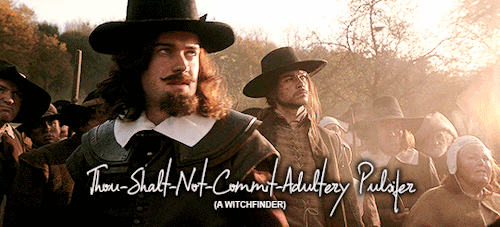
And so we come to Witchfinders. The term likely brings to mind black-clothed Puritans shouting, “Burn the witch!” To some, they are doing the Lord’s work, rooting out the evil corrupting the good people of their congregations. To others, they are high-horsing cowards who unjustly fear people, mostly women, who dare to think for themselves. Regardless, they clearly see themselves as on the side of the angels, doing the difficult work of keeping the God-fearing people of Fill-in-Village safe from the wiles of the devil. #sorrynotsorry
Neutral Good: Van Helsing
Ah, good ol’ Neutral. Strictly speaking, Neutral just means having no bias or predilection one way or the other in regards, in this case, toward Lawfulness or Chaos. In practice, it generally means that decisions are largely situational. It can make the character seem wishy-washy at times, particularly when others have strong moral preferences on the matter.
In the case of the Neutral Good character, they definitely have a strong sense of right and wrong and the impulse to act on that sense. This is why this type of character is sometimes referred to as The Benefactor. However, whether those good actions are in accordance with or a disruption of the social order around them is of very little consequence. They’re happy to work within the system when it’s convenient, but when it gets in the way of their do-gooding, forget it.
Yes, the Neutral Good character can be dangerous too, especially when they advance a system of mediocrity simply because it’s easier than disrupting it.
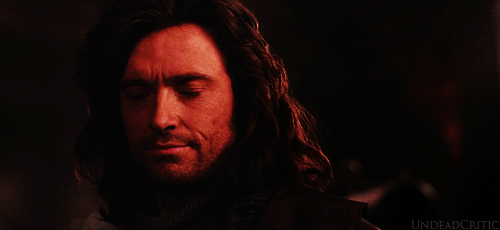
Van Helsing is the legendary vampire hunter from Bram Stoker’s classic novel Dracula. The character of Van Helsing has gone through many silver screen iterations, but I like this description from the novel itself:
He is a seemingly arbitrary man, this is because he knows what he is talking about better than any one else. He is a philosopher and a metaphysician, and one of the most advanced scientists of his day, and he has, I believe, an absolutely open mind. This, with an iron nerve, a temper of the ice-brook, and indomitable resolution, self-command, and toleration exalted from virtues to blessings, and the kindliest and truest heart that beats, these form his equipment for the noble work that he is doing for mankind, work both in theory and practice, for his views are as wide as his all-embracing sympathy.
So he does what he does out of goodness, his kind and true heart. Maybe it disrupts people’s lives. Maybe it doesn’t. It doesn’t matter. It needs to be done. Sorry about your worldview, I guess?
Chaotic Good: The Ghostbusters
The Chaotic alignments not only don’t care about your rules, they will often go out of their way to break them. After all, rules were meant to be broken. Tradition is boring. Order is quiet. What purpose is the law if it favors some over others? Dumb.
There’s a reason the Chaotic Good character is called The Rebel. They know what’s right deep in their hearts, and they will burn this place to the ground to do it. But just as the other Good alignments can be dangerous, so can Chaotic Good, especially when they break the rules and disrupt order for no real compelling reason.
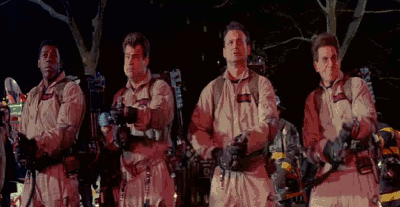
Now, I know that the original Ghostbusters aren’t exactly the most traditional of Halloween characters, but that’s kind of the point. They don’t need anyone’s rules, not even mine. They are perfectly happy to go up against New York City’s ghosts and the EPA, all while hopefully turning a profit. Who ya gonna call?
Lawful Neutral: Werewolves
In this case, the Neutral quality is applied to the ideas of Good and Evil. Again, the goodness or evilness of decisions these characters make is largely situational or pragmatic. Which is easier? Which best suits their needs right now? Sometimes, they just don’t care if it’s good or evil. So the Lawful Neutral (The Judge) character holds law, order, and tradition above all else. They take no moral stance on the goodness of those laws and traditions, only on their importance and inviolability.
This makes the character very disciplined and controlled. Their environment is highly ordered. But they make no distinction between right and wrong, and the rigidity of their order makes it easy for them to tend toward stamping out individuality, choice, diversity, and innovation.
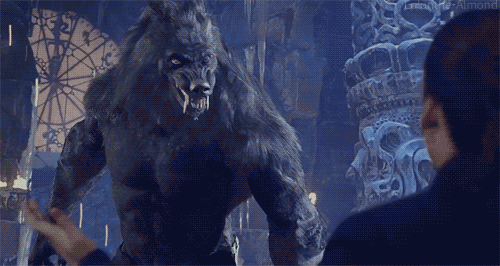
Werewolves are often in their situation through someone else’s choosing. They were bitten or cursed or infected, and they are constantly at war with themselves to keep their inner beasts in check. They are also pack-monsters in the way that their true animal counterparts are. So, they stick to a rigid hierarchy with strict rules of behavior in order to keep themselves safe and their inner beasts in check. Pack above all.
True Neutral: Zombies
The True Neutral is considered to be the ultimate Undecided. Neither this way nor that out of principle, only convenience. The danger here is apathy, mediocrity, and lack of conviction. Of course, it also means a lack of zealotry and prejudice, so take it how you will.
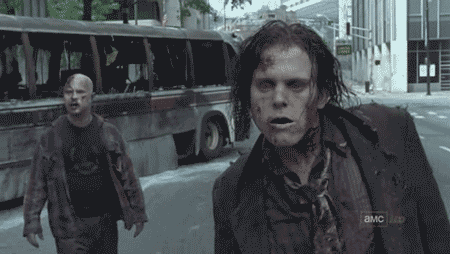
Calling zombies as True Neutral might be a bit pedantic, but I see zombies as completely animalistic and incapable of making moral decisions one way or the other. Metaphorically, they represent conformity and herd mentality, but more practically (if you can be practical about fictional characters), they simply don’t have the higher processing ability to think about their decisions in any kind of moral context. And since animals, for this same reason, are considered True Neutral, I say zombies are, too.
Chaotic Neutral: Frankenstein
The Chaotic Neutral character is a free spirit. They follow their whims, enjoying the disruption they cause, but are not tied down by any kind of pesky sense of right or wrong. They’re unpredictable, but that doesn’t mean they’re random. They value their own freedom, but they don’t particularly care about protecting others’. They resent authority and restrictions.
This free-spiritedness can lead to incredible breakthroughs and innovations, but it can also cause unanticipated destruction when they don’t understand why some rules and conventions are in place.
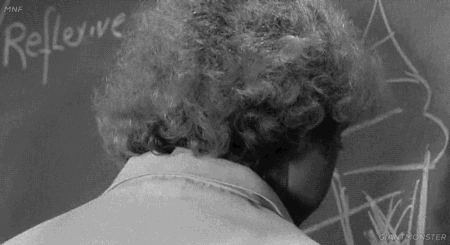
Dr. Victor Frankenstein, the titular character from Mary Shelley’s classic horror novel, to me, has always been the villain, not the creature he ends up creating. Frankenstein cobbles together a monstrosity using the kind of science that would get him kicked out of any university and almost certainly arrested. He satisfies his own desire for scientific knowledge, but at a terrible cost, perverting the natural order and inciting violence in the process.
Lawful Evil: Body-Snatchers
I won’t lie, of all the alignments, Lawful Evil gives me the worst case of the heebs. It isn’t that it’s simply evil. It’s evil with a purpose. Organized, methodical, effective evil. I’d even go so far as to say it’s holier-than-thou evil. There are rules and processes involved in this evil. Lawful Evil is the dominator, the dictator, the malicious king reigning over his demesne of destruction.
Don’t get it twisted; “lawful” here doesn’t bear any resemblance to justice. It just means a rigid order and organization.
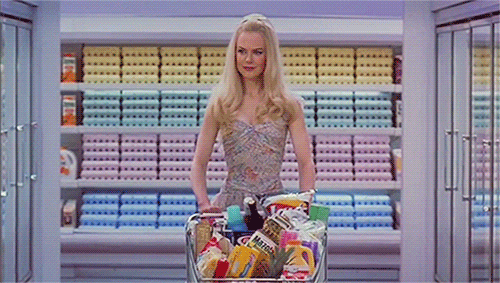
And that’s why body-snatchers à la Stepford Wives and Get Out fit this category. They know perfectly well what they’re doing is wrong. But it satisfies their need to “fix” the “mistakes” that they see in the world.
Neutral Evil: Vampires
The Neutral Evil is, in my opinion, the housecat of villains. They do what they can get away with. They’re not fooling themselves with thinking that they’re somehow better than the principled Lawful Evil, nor are they as messy and disorganized as the Chaotic Evil. They don’t feel bad about the harm they cause, whether it’s deliberate or accidental, for a specific purpose or for pleasure. They’re just looking out for Number One.
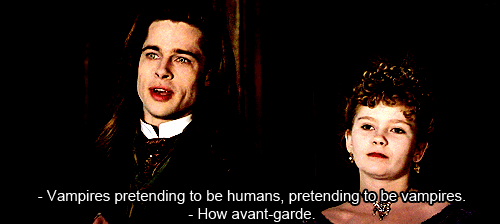
Vampires, I believe, fit this description. Some of them embrace their evilness, holding it up as an ideal, while some are simply resigned to the fact that it’s just the way things are. Being unable to age or die of natural causes, they’re completely divorced from the world around them, creatures out of time, so of course they’re going to get bored and look for amusement. And those amusements are only ever going to become more and more depraved the older they get. So long as Van Helsing or Buffy never get wind of it, let the good times roll.
Chaotic Evil: Demons
Oh, Chaotic Evil. They just want to watch the world burn. Their calling cards are death, destruction, mayhem, disorder. If you build it, they will tear it down. If it’s good, they will corrupt it. They don’t care about your silly rules, they don’t care about your silly morals. They are vicious, arbitrary, violent, and unpredictable. But the good news is, they’re poorly organized and rely on brute force to get what they want.
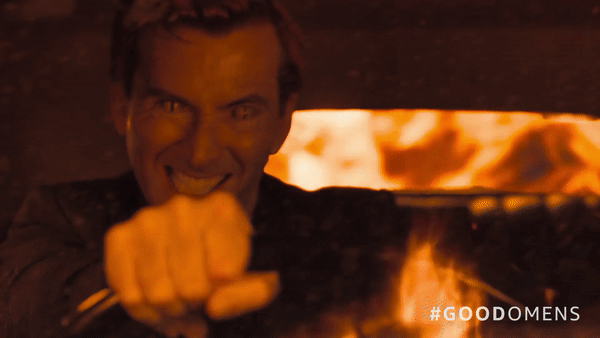
Demons fit this description quite nicely. They are driven by their nature to corrupt goodness and disrupt order. That is their sole reason for being.
Political Alignments
So, which politician/political party goes where? It isn’t that simple. These are all characters, sanitized through fiction to be seen a certain way, to represent certain things. Humans are a lot more complicated than that.
If D&D (and the entire study of fiction and storytelling) has taught me anything, it’s this: everyone is the hero of their own story. While it might be possible to broadly categorize actual people on a scale from Lawful to Chaotic, pretty quickly we come to realize that there’s some Good and some Evil in everyone. And when we do wrong, we’re very good at rationalizing it to ourselves. “I didn’t mean to!” “They had it coming!”
So when it comes to politics and other messy things in life, I do my best not to attribute actions to evil that may be adequately explained by incompetence and lack of consideration. After all, when you look at the outcomes, there’s very little real difference between poorly considered good intentions and outright evil. And that’s the scariest thing of all.
